The 10 Biggest Microsoft Stories Of 2016
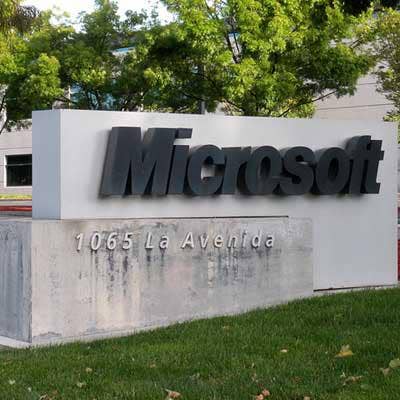
Microsoft Attacking On All Fronts
Microsoft went into 2016 with two ambitious plans: carry out the largest software upgrade cycle ever, and maintain the tremendous cloud momentum that's propelling the company into the future.
The Windows 10 upgrade cycle had some hiccups, but near year's end, more than 400 million machines around the world were running the new OS.
On the cloud front, Azure's Infrastructure-as-a-Service and Platform-as-a-Service offerings continued their spectacular growth. Microsoft also updated its Software-as-a-Service portfolio with new products such as Dynamics 365 that introduced powerful capabilities.
Those SaaS products stand to benefit tremendously once they natively integrate professional data from leading professional social network LinkedIn, which Microsoft paid more for last summer than any previous acquisition in the company's history.
(For more of our 2016 retrospective, check out 'CRN's 2016 Tech Year In Review.')

10. Xamarin Acquired (Finally)
Almost two years after CRN reported the two companies were in talks, Microsoft pulled the trigger on acquiring mobile app development startup Xamarin in February.
The San Francisco-based company's technology, used by more than 20 percent of the Fortune 500, lets developers build native iOS and Android apps using Microsoft's C# programming language, allowing them to target multiple platforms with one set of code.
A month after the acquisition, Microsoft made the core Xamarin technology available, at no charge, in the Visual Studio toolkit, to attract more Apple iOS and Android developers.

9. Martorano Exits, But Champions Soar
Eric Martorano was a superstar in Microsoft's channel, and it was hard for many partners to see him go.
The general manager of U.S. partner sales, an eight-year veteran in Redmond, Wash., left in September to take the position of senior vice president of worldwide sales for Intermedia, one of Microsoft's largest cloud partners.
But Martorano left a legacy at Microsoft partly through the Cloud Champions program he launched for the software giant in 2014. The program allows partners to maintain a direct billing relationship with customers when selling Office 365, and has expanded to include other cloud services like Intune, Enterprise Mobility Suite and CRM Online. Cloud Champions has been praised by partners, especially those with smaller practices, who say it levels the playing field in Microsoft's channel.

8. Rounds Of Layoffs
After struggling in the smartphone market, Microsoft cut 1,850 jobs in its smartphone division in May.
Two months later, the software giant cut another 2,850 jobs, mainly in its smartphone hardware business and global sales organization as part of a restructuring of those divisions.

7. Dynamics 365
Microsoft hyped its Dynamics 365 platform for months, and finally in July demonstrated the integrated CRM and ERP to partners and customers. The platform introduced machine learning, business intelligence and advanced data integration features, as well as deep integration with Office 365 allowing users to work with management, financial and sales functions through familiar tools such as email.
Dynamics 365 gave Microsoft customers their first cloud-based customer relationship and business management solution capable of delivering predictive insights by employing artificial intelligence.
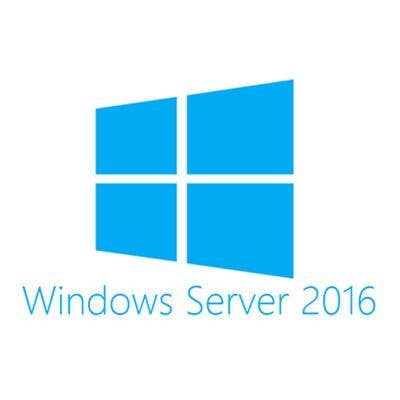
6. Windows Server 2016
Microsoft unveiled Windows Server 2016 in September, which surprised some by natively including a commercially-supported Docker container engine.
In addition to the ringing endorsement of container tech, Windows Server 2016 included new security features, simpler virtualization upgrades and capabilities to implement software-defined storage and software-defined networking.
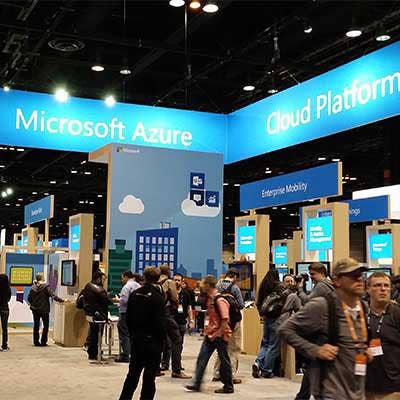
5. Azure Momentum And Margins Delight
Azure's triple-digit growth of previous years looked unsustainable once Microsoft's hyper-scale cloud business reached a certain size and presence in the market.
But while Azure certainly has achieved massive market share and scale, breaking free of the pack chasing industry leader AWS, 2016 wasn't the year that Microsoft's public cloud came up against its growth ceiling.
Azure grew its business year-over-year by 116 percent in the last quarter of the calendar year, giving no indication of a slowdown anytime soon.
Even more important to investors was one figure -- never previously reported -- from Microsoft's Q1 2017 earnings report for the quarter that ended in September.
CEO Satya Nadella revealed commercial cloud margins of 49 percent, up 7 percent from the previous quarter, allaying concerns of declining profitability in the vital growth sector.

4. NFL Surface Snafu
In October, New England Patriots Coach Bill Belichick, before a game against the Pittsburgh Steelers, said he "just can't take it anymore" and is now "done with the tablets."
The legendary coach was referring to the Microsoft Surface Pro 4 supplied to him by the NFL. He had previously complained about a string of issues with the technology, saying the Surface's performance was inconsistent and he'd prefer using printed photos. One connectivity failure occurred during the AFC Championship game.
Microsoft responded with a statement saying the sidelines of an NFL game are complex environments, and managing devices to work in them "is one of the toughest IT jobs on one of the world's biggest stages."
Microsoft paid $400 million to the NFL in 2013 to put Surface tablets into the hands of coaches and players on the sidelines.

3. Advancing AI
While cloud rivals like Google and IBM sometimes get more attention for their efforts to develop and deploy artificial intelligence, Microsoft has long been a pioneer on that front. The software giant has made great strides in recent years in developing AI and delivering the technology to consumers through Xbox, Bing and the Cortana digital assistant. Azure also offers one of the most comprehensive and effective platforms for implementing machine learning.
In November, Microsoft released the N-Series of Azure instances designed to power computationally intensive AI workloads. At the same time, Microsoft joined OpenAI, a non-profit partly founded by Tesla CEO Elon Musk that looks to avert any potential harm to humanity resulting from artificial intelligence.
OpenAI got a sweetheart deal to use N-Series instances for its own research.
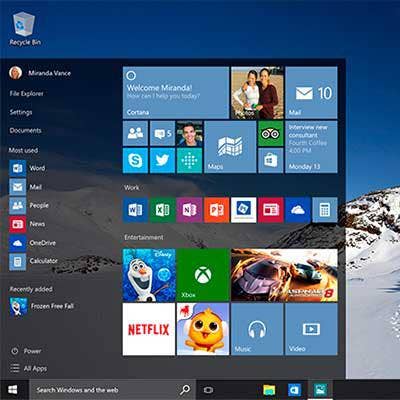
2. Windows 10 Upgrade Backlash
The goal was ambitious, but the process has not been without hiccups.
In late 2015, Microsoft touted its new operating system as working on any device, then embarked on a campaign, heavily leveraging its channel, to deploy Windows 10 on a billion devices within a couple of years.
That schedule has been pushed back as customers have complained about aggressive upgrade methods, as well as compatibility risks.
Despite some backlash, by the end of September 400 million machines were running Windows 10.
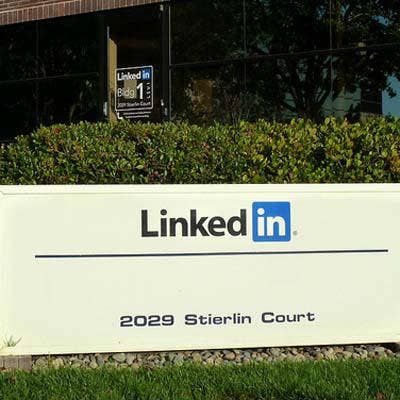
1. Blockbuster LinkedIn Acquisition
Microsoft announced the company's largest-ever acquisition in June.
The deal to purchase LinkedIn, the world's largest social network for professionals, for $26.2 billion was inked after beating out CRM rival Salesforce in a bidding war. Microsoft paid a roughly 50 percent premium on the company's market capitalization.
Partners were ecstatic, seeing the unparalleled trove of data LinkedIn possesses on the global workforce as a potential differentiator for Microsoft's Dynamics CRM and other products.
LinkedIn reports some 433 million members, including 128 million in the U.S. That massive customer base also presents a potential new market for the channel to sell Microsoft products.
The social network also consistently posts quarterly losses. The largest contributor to its revenue, by far, is a tool for recruiters it offers called Talent Solutions.